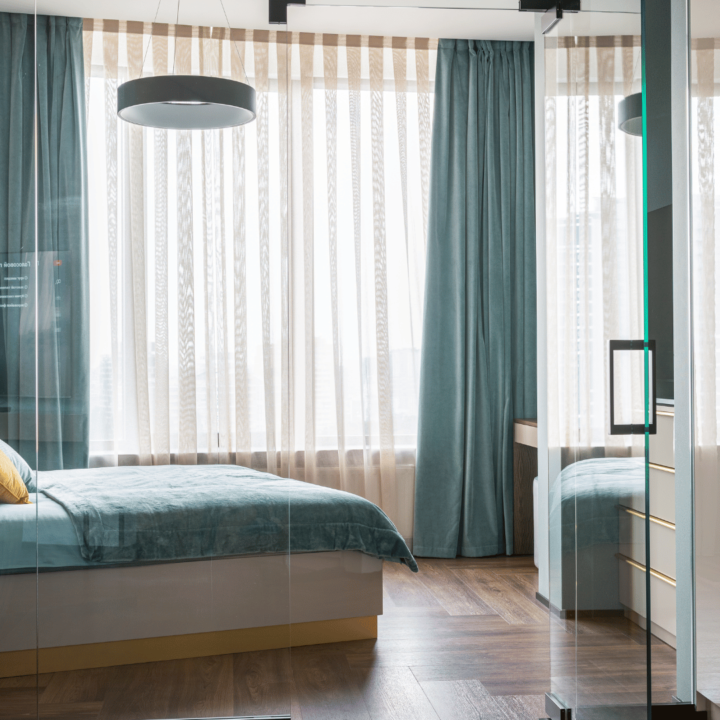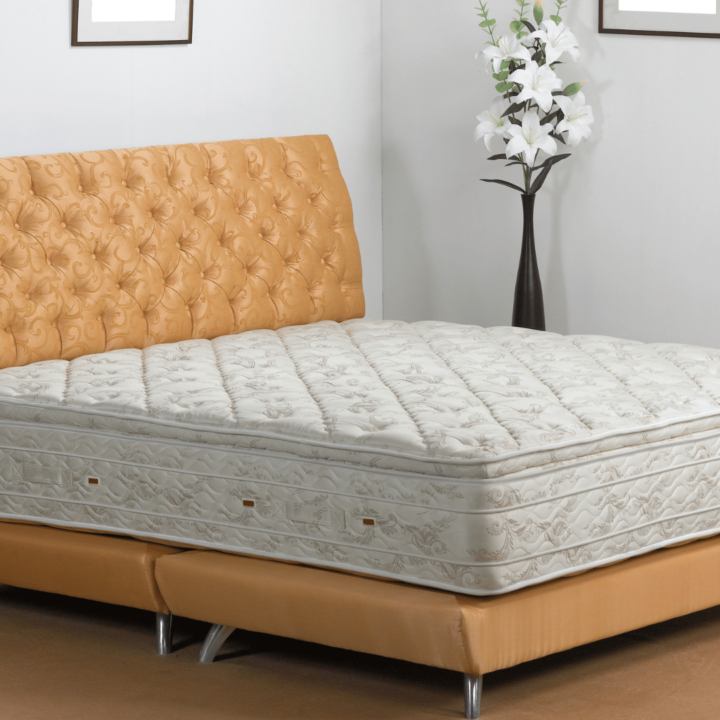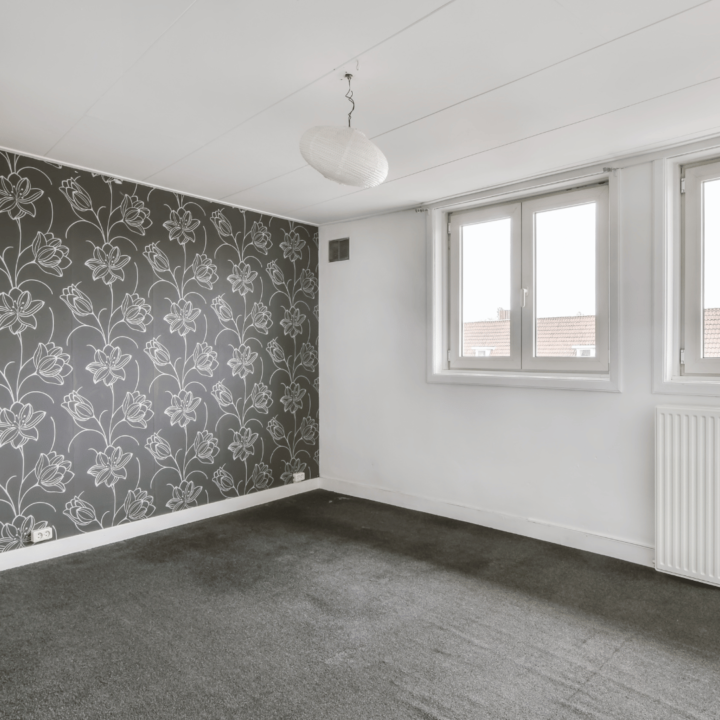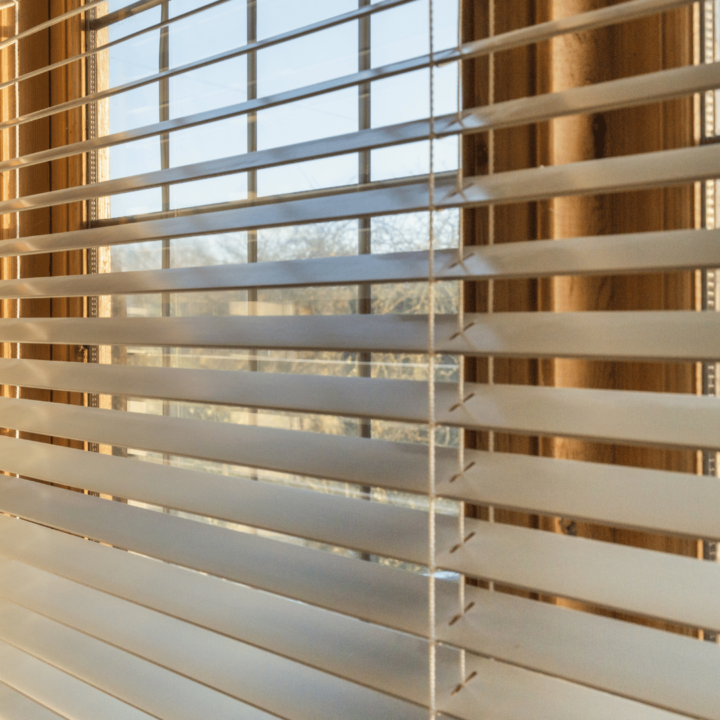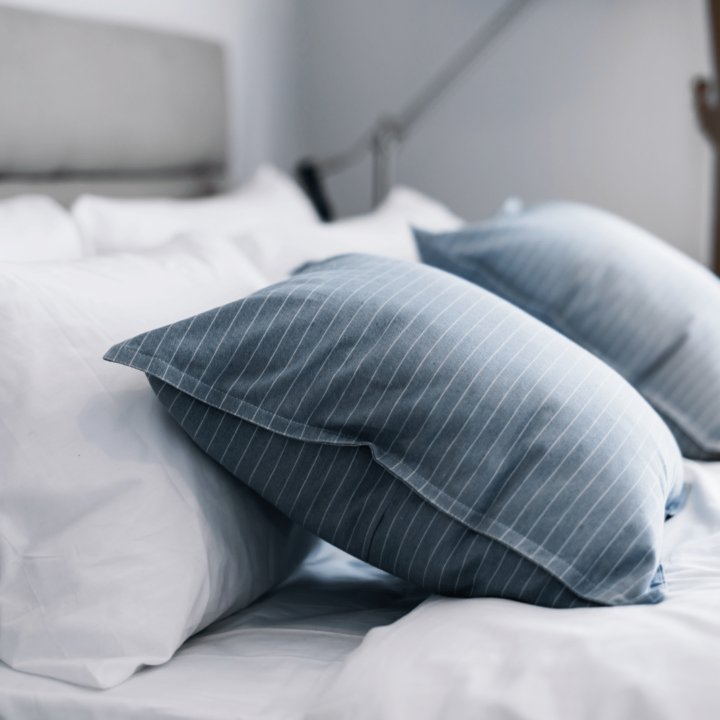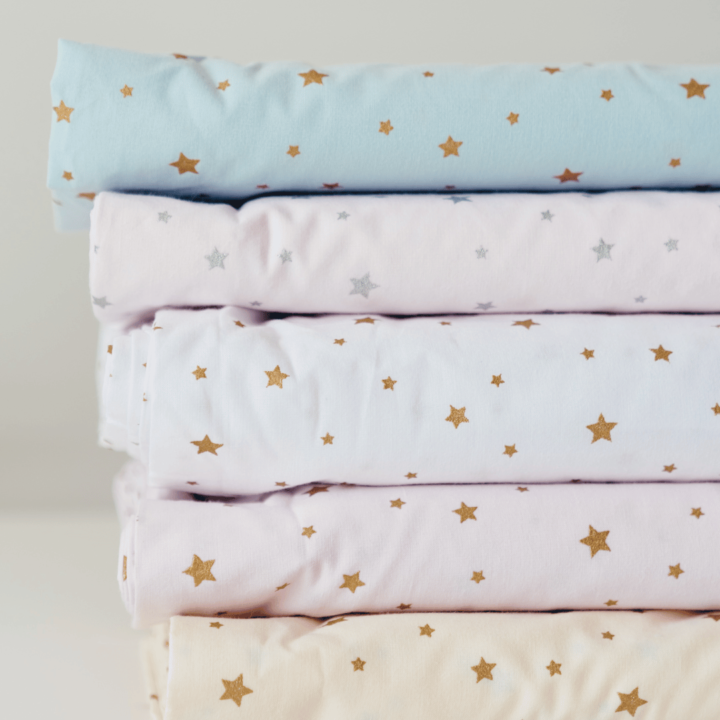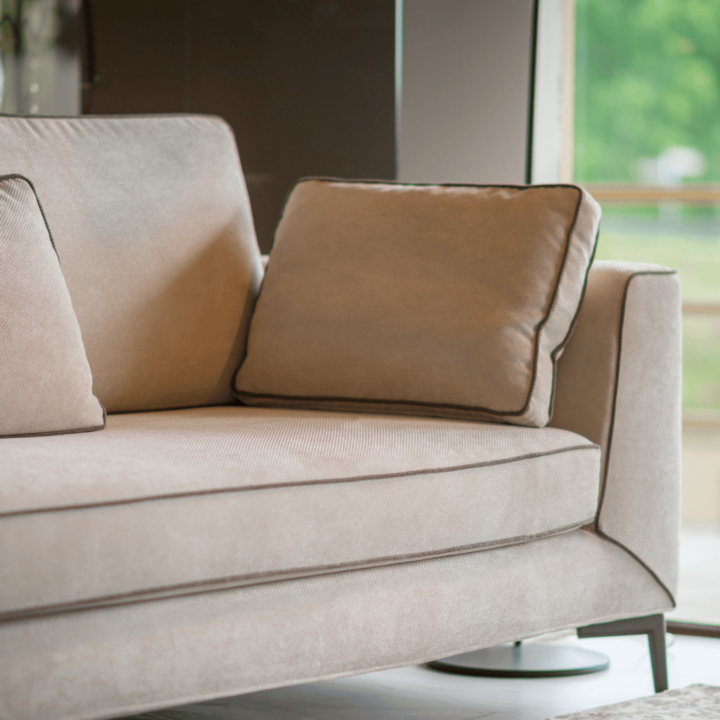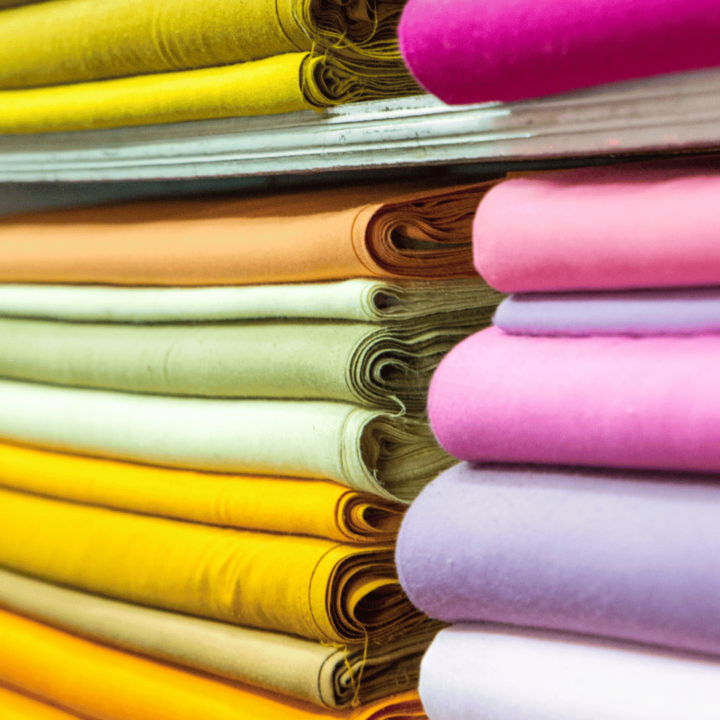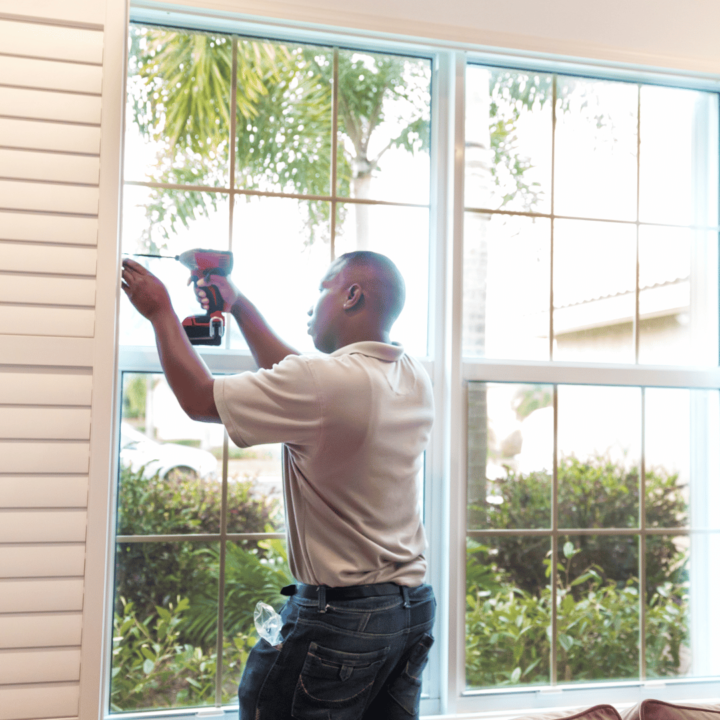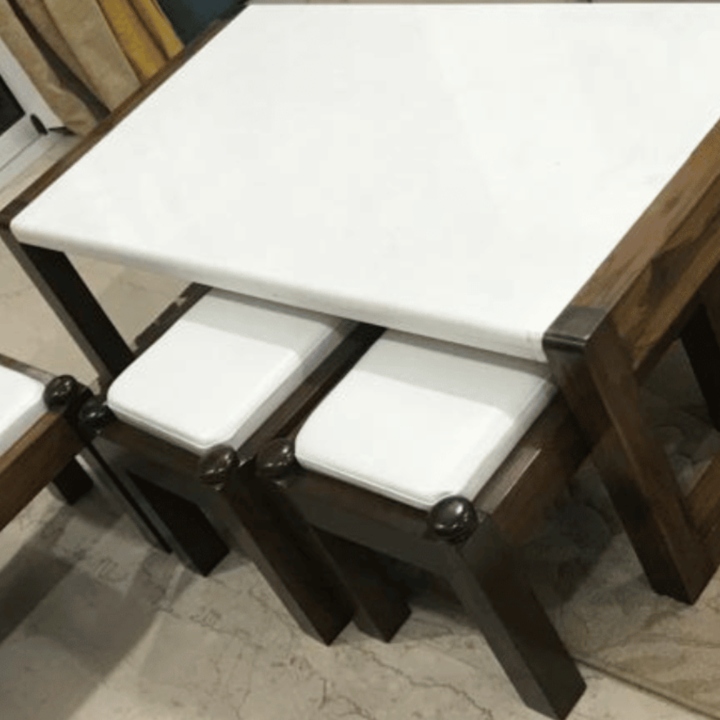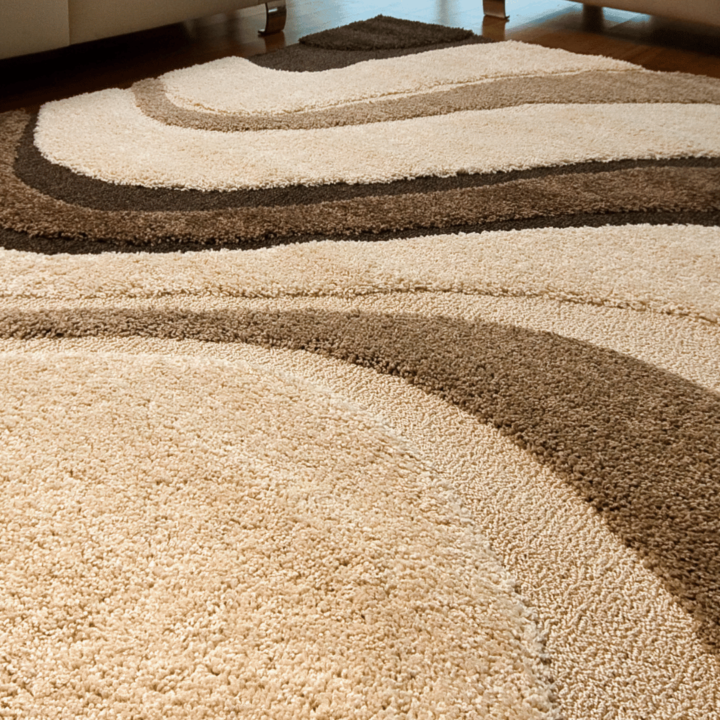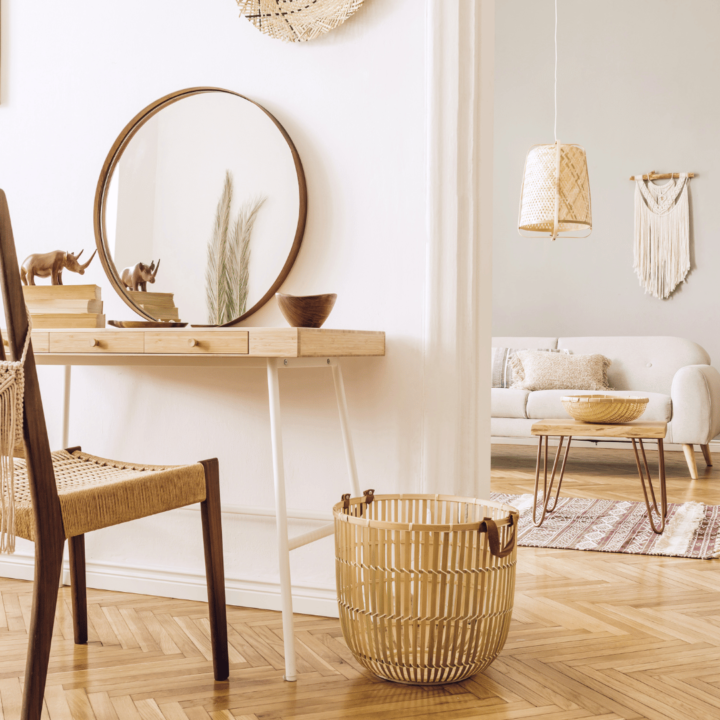How to Choose the Right Curtain Fabric
How to Choose the Right Curtain Fabric:
Choosing the right curtain material is critical for improving the beauty and functionality of your living space. The fabric you select will affect how much light, privacy, and insulation your space receives, as well as its overall visual appeal. This extensive guide will assist you in sorting through the various factors to consider when selecting the best curtain fabric for your needs.
Understanding Different Curtain Fabrics
When it comes to curtain fabrics, there is a vast array of options available. Each fabric type has its unique characteristics that can influence the look and feel of your curtains.
Cotton Curtains
Cotton’s natural texture and adaptability make it a popular fabric for curtains. Cotton curtains are excellent for high-traffic areas because they are simple to maintain and clean. They enable for both light and heavy drapes because they come in a variety of weaves and weights. Cotton, on the other hand, wrinkles easily and may require frequent ironing.
Linen Curtains
Linen curtains exude elegance and offer a sophisticated look to any room. They are lightweight and provide a breathable option that allows some light to filter through while maintaining privacy. Linen, however, is prone to wrinkling and may shrink if not properly cared for.
Silk Curtains
Silk curtains are a great option for an extravagant and luxurious look. They drape elegantly and have a natural gloss that gives formal areas a hint of elegance. Because silk is delicate, it needs to be cleaned by professionals to keep its quality. Additionally, the cloth is susceptible to fading over time due to its sensitivity to sunshine.
Velvet Curtains
Velvet curtains are known for their rich texture and heavy weight, making them perfect for adding warmth and depth to a room. They provide excellent insulation and light-blocking capabilities, ideal for bedrooms and home theaters. Velvet, however, can be challenging to clean and may attract dust and pet hair.
Polyester Curtains
Polyester curtains are reasonably priced, long-lasting, and simple to maintain. Their diverse array of hues and designs makes them adaptable to a multitude of interior design motifs. Because it doesn’t wrinkle, shrink, or fade, polyester is a sensible fabric for active homes. But it doesn’t have the same organic feel as linen or cotton.
Sheer Curtains
Voile, chiffon, and lace are examples of lightweight textiles used to make sheer curtains. They add a layer of privacy while letting in plenty of natural light. For a layered effect, sheer curtains are sometimes combined with heavier drapes. Since they are fragile, handling them gently is necessary to prevent harm.
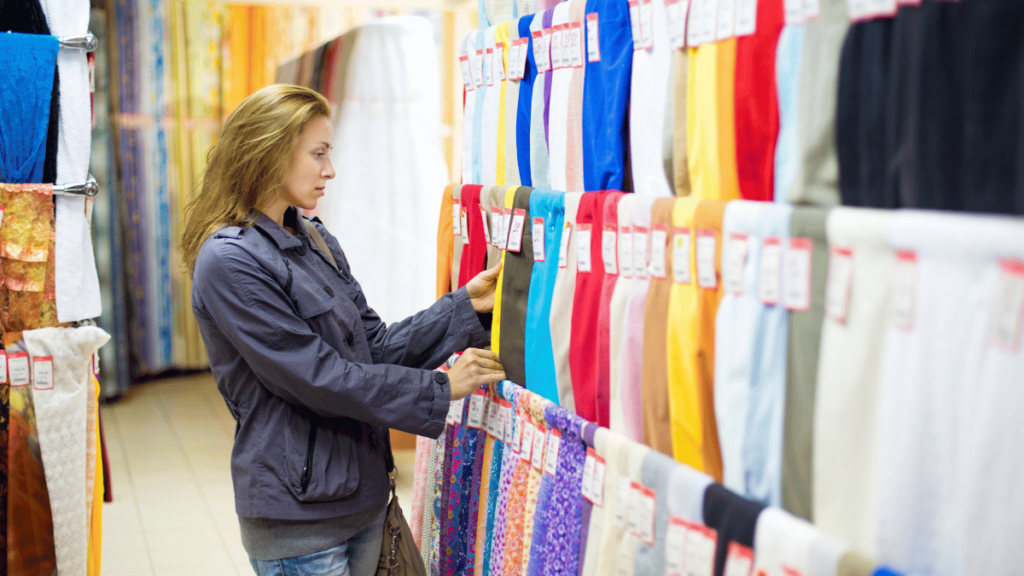
Factors to Consider When Choosing Curtain Fabric
Selecting the right curtain fabric involves considering several factors that influence both functionality and aesthetics.
Room Function
The purpose of the room is an important factor in picking the appropriate curtain fabric. For example, rich, light-blocking materials such as velvet or lined cotton can help to maintain solitude and a calm environment in beds. To create an airy and pleasant ambiance, living rooms and dining areas may use lighter materials such as linen or cotton.
Light Control
Consider how much natural light you want to filter into the room. Sheer fabrics are ideal for spaces where you want to maximize daylight while maintaining privacy. For areas where light control is essential, such as home theaters or bedrooms, opt for heavier fabrics like velvet or blackout-lined curtains.
Privacy Needs
Evaluate the level of privacy you require. Sheer curtains provide minimal privacy and are best suited for spaces where privacy is not a primary concern. For more privacy, choose opaque fabrics or combine sheer curtains with heavier drapes.
Insulation and Energy Efficiency
Curtains can help to insulate your home and regulate indoor temperatures. Heavy textiles, such as velvet and lined curtains, provide higher insulation, keeping your home warm in winter and cool in summer. This can result in energy savings by decreasing the need for heating and cooling.
Maintenance
Different fabrics require varying levels of maintenance. Consider how much time and effort you are willing to invest in cleaning and caring for your curtains. Fabrics like polyester and cotton are easier to maintain, while silk and velvet may need professional cleaning.
Color and Pattern
Your curtains’ color and pattern can have a big impact on your room’s overall design. While bright colors and elaborate patterns give drama and focal points, lighter colors and delicate patterns create a feeling of spaciousness and calmness. Make sure the curtain fabric goes well with the furnishings and decor you already have.
Durability
The durability of the fabric is essential, especially in high-traffic areas or homes with children and pets. Polyester and cotton are durable options that can withstand daily wear and tear. Delicate fabrics like silk and sheer materials may not be as resilient.
Measuring and Purchasing Curtain Fabric
How to Choose the Right Curtain Fabric
Accurate measurements are essential for ensuring your curtains fit perfectly and appear professional.
Measuring for Curtains
- Width: Determine the window’s width or the area you want to cover. The width of the curtain should be 1.5 to 3 times the width of the window for a more finished appearance.
- Length: Choose the length of the curtains you want: floor, sill, or apron. Measure the appropriate length starting at the curtain rod or track.
Purchasing Tips
- Samples: Always request fabric samples before making a purchase to see how the material looks and feels in your space.
- Extra Fabric: Purchase extra fabric to cover patterns, hems, and potential future repairs.
- Professional Advice: Consult an expert if you are unsure about the measurements or the cloth to choose.
Conclusion
How to Choose the Right Curtain Fabric
A good curtain fabric selection combines design and utility. You can improve your living environment by choosing a fabric that suits your needs by learning about its properties and taking into account aspects like light control, privacy, room function, and upkeep. Whatever curtain fabric you choose—the airy linen, the sophisticated silk, or the utilitarian polyester—it will transform the appearance and feel of your house.

